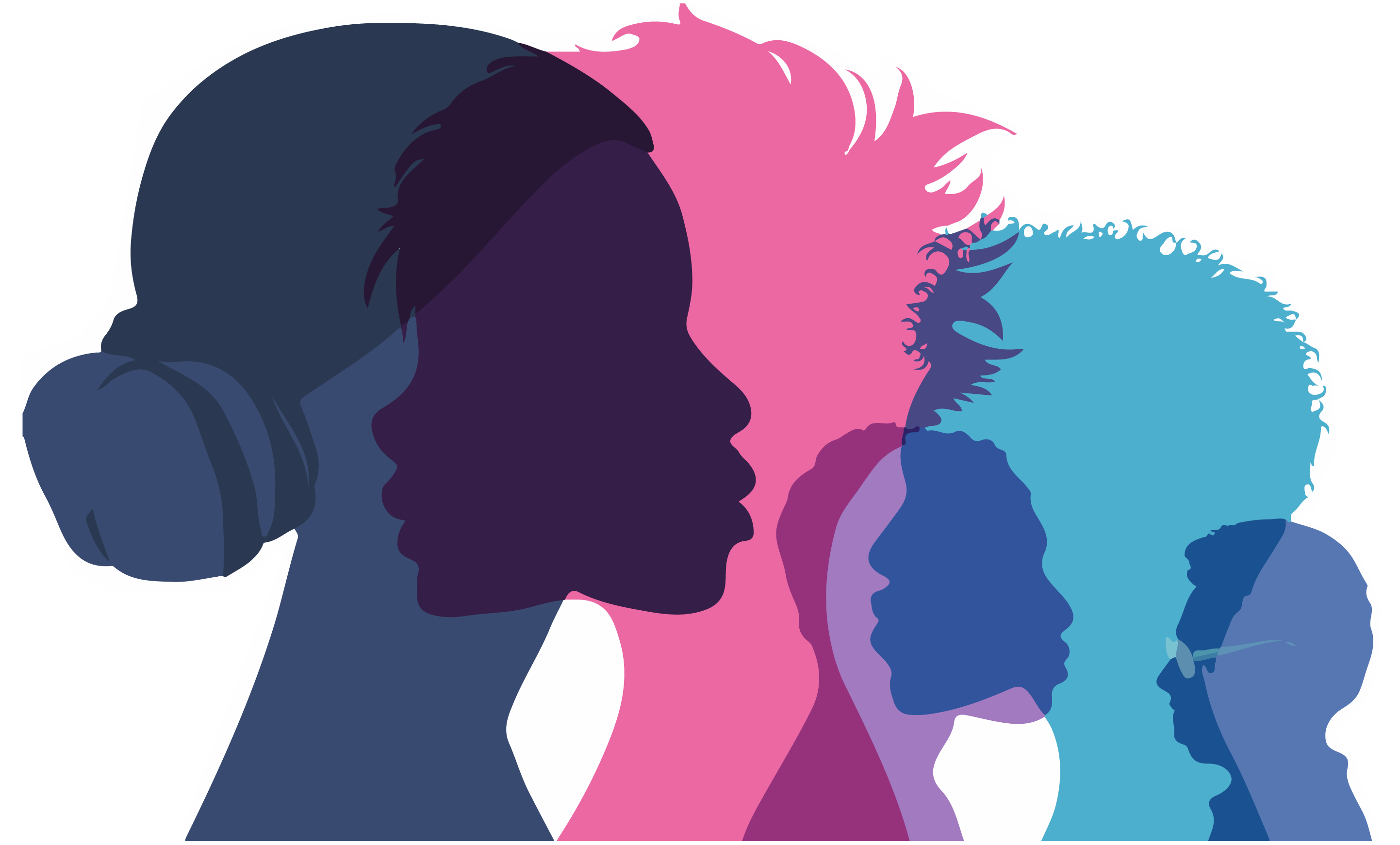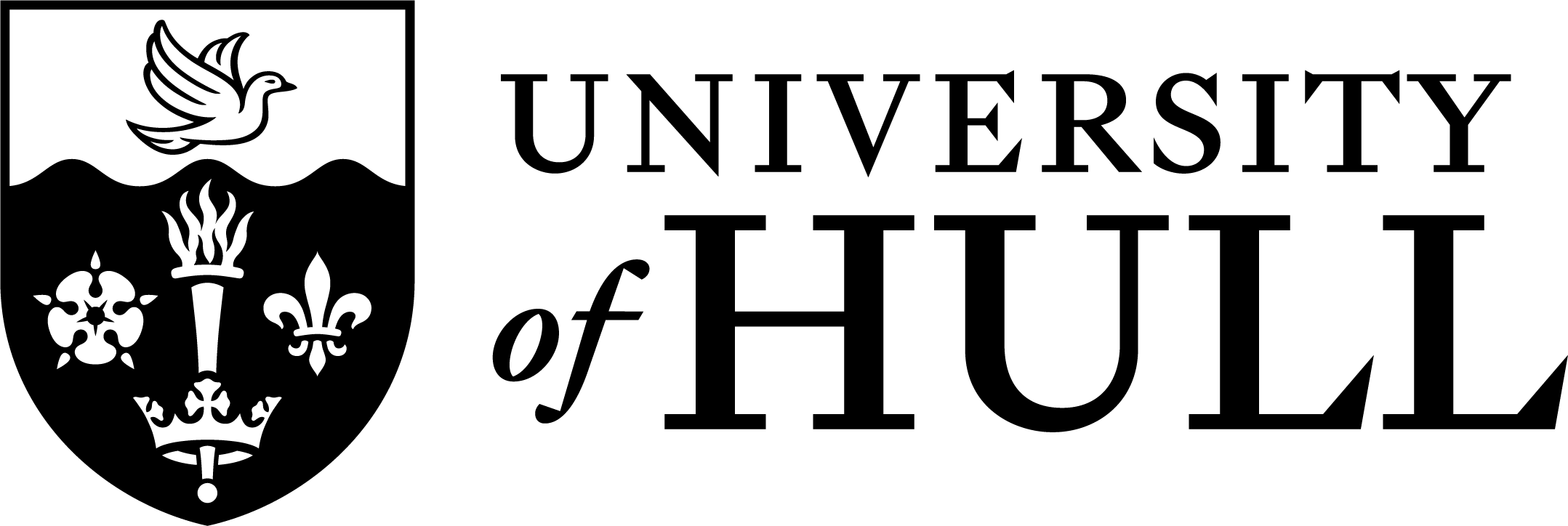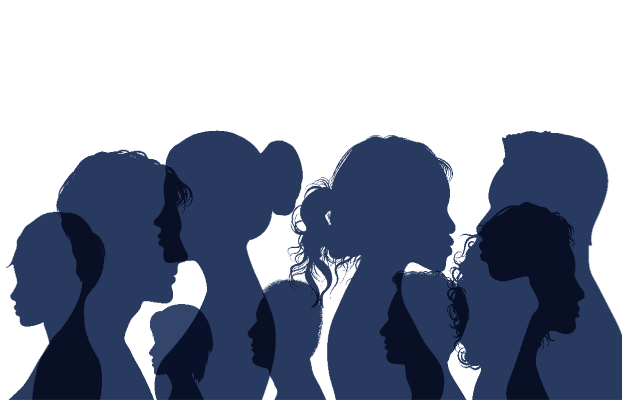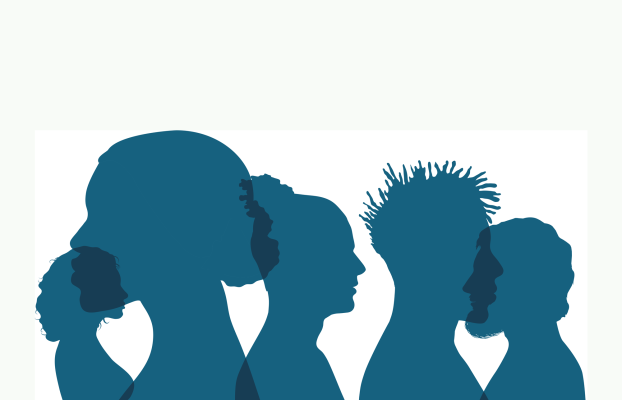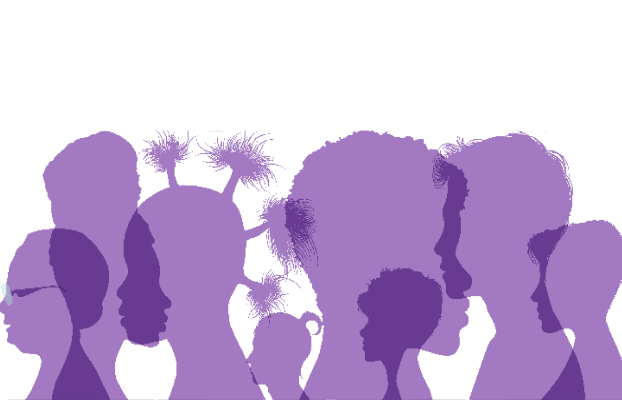All students benefit from living in a diverse and inclusive society, and from receiving a diversified, decolonised and inclusive education. Students are also the leaders of tomorrow, so the values we demonstrate and embed through our approach to education will be those that they will take into society.
Being inclusive means that all students are given an equal opportunity to succeed, independent of their background or demographic characteristics. Higher education providers have an ethical, moral, and legal obligation to ensure that this happens in practice. The framework has been developed collaboratively to help staff and students understand the breadth and depth of what inclusive practice means within Higher Education, with an intention of creating inclusive cultures across the wider sector.
Our framework adopts a broad definition of inclusivity. It moves away from a culture of reasonable adjustments for individual students, but instead considers the needs of a diverse student body. Inclusive institutions consider the needs of commuter students, working class students, international students, students with caring responsibilities, and other aspects of student life that might impact on student success. Throughout the framework we have included specific examples of inclusive practice and how these can have a positive impact on all students.
Being inclusive does not mean compromising on academic standards or quality processes. Inclusion does not require grade inflation or ‘dumbing down’ – inclusive programmes can and should be academically rigorous and give authentic training in knowledge, skills and behaviours appropriate to the discipline. Adopting an inclusive approach recognises that some students are systematically disadvantaged by exclusive practices, and proactively ensures that all students have equal opportunities to succeed.
The framework demonstrates that there is no ‘single solution’ to inclusivity, and that it is everyone’s responsibility. It requires students, academics, professional services staff and university leaders to work together to build the most inclusive environment possible. Being inclusive is also a journey – our understanding of inclusive practice and the needs of students is constantly evolving, and we will sometimes get it wrong. We hope that the framework helps all members of any higher education community to think more broadly about inclusive practice and to take action.
To implement these at institutional level requires all members of the university community to examine their own practices, and to take positive action where inequality is identified. This can and should be discipline or context relevant; the approach to inclusive education may look very different in healthcare compared to the arts, sciences or humanities.
To implement these at institutional level requires all members of the university community to examine their own practices, and to take positive action where inequality is identified. This can and should be discipline or context relevant; the approach to inclusive education may look very different in healthcare compared to the arts, sciences or humanities.
Inclusive Higher Education Framework
Combined Checklists
To bring the framework to life, and to illustrate how it might be implemented in practice, we have collated a series of case studies from institutions involved in this collaborative project. If you want further information on the examples, each case study includes contact details. We have aligned these with the five domains of the framework.
